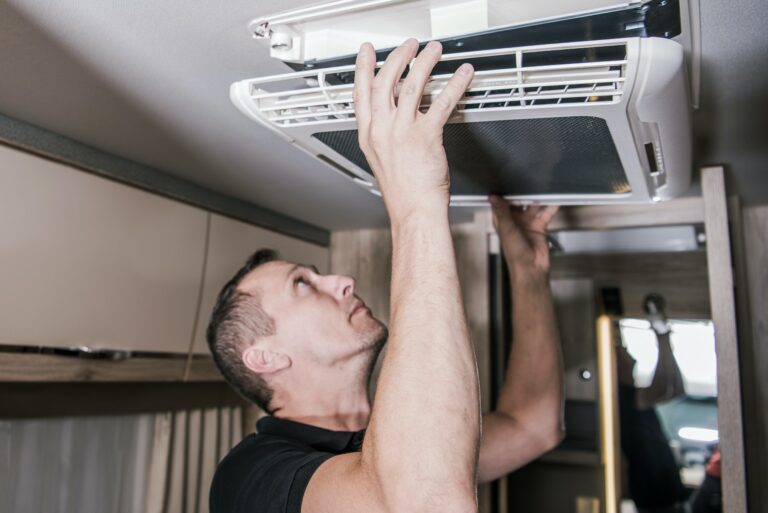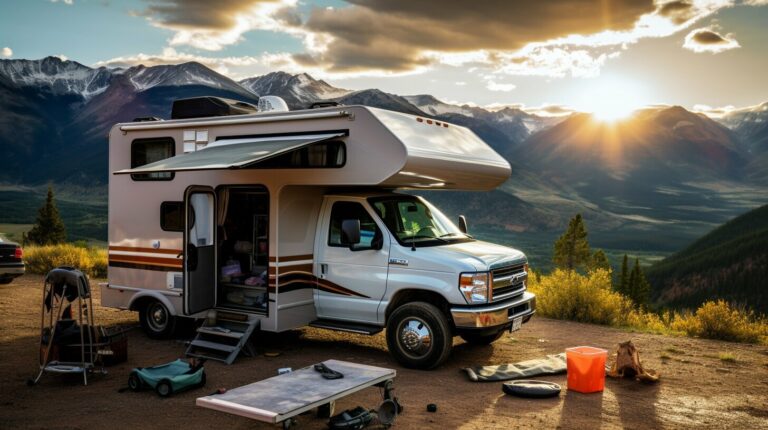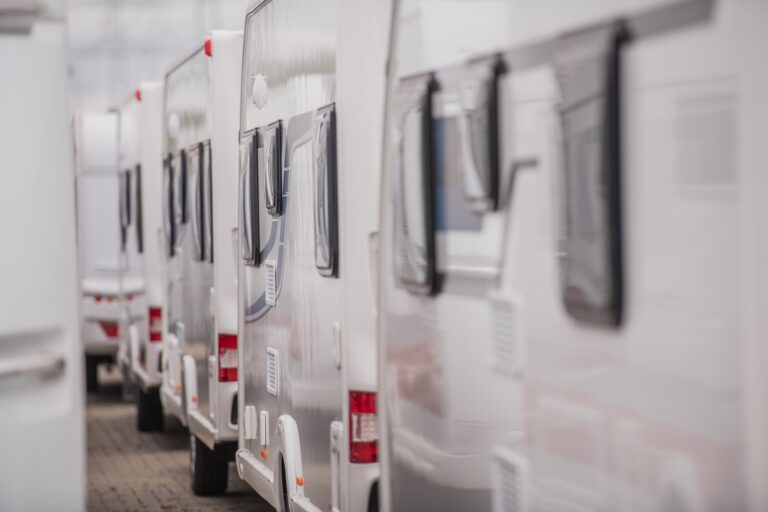Mountainous terrains offer an RVing experience like no other. The breathtaking views, crisp air, and serene nature spots make it a dream destination for many RVers. However, navigating mountainous regions presents unique challenges. Here’s a comprehensive guide to help you drive safely, set up camp, and enjoy the altitude while RVing in the mountains.
1. Driving Safely in the Mountains
Mountain roads can be steep, narrow, and winding, which can be a bit intimidating for the uninitiated. Here are some tips to navigate them safely:
- Check Your Brakes: Ensure your brakes are in top condition before you start your mountain journey. You’ll need them to be reliable, especially when descending steep slopes.
- Maintain a Slow Speed: Maintain a slow, steady speed, especially when navigating steep gradients and tight turns. It’s safer and puts less strain on your RV.
- Use Lower Gears: When going downhill, use lower gears to control speed and reduce dependence on your brakes, preventing brake fade.
- Watch for Altitude Changes: Rapid altitude changes can affect your RV’s performance due to changes in air pressure. Be mindful of this, especially with diesel engines.
- Plan Your Route: Use a GPS or a road atlas to plan your route. Always choose routes marked as suitable for RVs or large vehicles.
2. Setting Up Camp in the Mountains
Once you’ve safely navigated the mountain roads, it’s time to set up camp. Here are some tips:
- Choose a Stable Spot: Choose a flat, stable spot for your RV. Use leveling blocks if necessary to ensure your RV is level.
- Secure Your RV: Use wheel chocks to prevent your RV from moving. In windy conditions, lower your RV’s awning and secure any loose items outside.
- Conserve Water: Water sources may be scarce in the mountains. Conserve water by taking short showers, reusing dishwater, and using biodegradable soap.
- Prepare for Cold Nights: Mountain temperatures can drop significantly at night. Have warm clothing and bedding available. If your RV has a heater, ensure it’s working properly.
3. Enjoying the Altitude
The altitude can offer breathtaking views and exciting outdoor activities. But it can also bring challenges like altitude sickness. Here’s how you can enjoy the altitude safely:
- Acclimatize: Allow your body time to acclimatize to the higher altitude. Start your trip with low-intensity activities and gradually increase the intensity.
- Stay Hydrated: High altitudes can cause dehydration. Drink plenty of water and avoid excessive alcohol or caffeine, which can exacerbate dehydration.
- Watch for Altitude Sickness: Symptoms include headache, nausea, dizziness, and fatigue. If you or anyone else exhibits these symptoms, descend to a lower altitude and seek medical help if symptoms persist.
- Protect from Sun: The sun’s rays are stronger at high altitudes. Wear sunscreen, sunglasses, and a hat when outdoors.
4. Engaging in Mountain Activities
Mountains offer a plethora of outdoor activities. Here are a few suggestions:
- Hiking: There’s no better way to enjoy the mountain scenery than by hiking. Ensure you have a good map, wear appropriate shoes, and pack essentials like water, snacks, and a first-aid kit.
- Photography: With stunning landscapes, mountain RVing offers excellent photography opportunities. Don’t forget your camera!
- Mountain Biking: For the more adventurous, mountain biking can be a thrilling experience. Always wear a helmet and protective gear.
- Bird Watching: Mountains are home to many unique bird species. Bring a bird guide and binoculars for a relaxing bird-watching session.
5. Leaving No Trace
Lastly, it’s crucial to respect the mountain environment and leave no trace:
- Dispose of Waste Properly: Use designated dump stations for your RV’s waste. Do not litter, and pack out all trash.
- Respect Wildlife: Observe wildlife from a distance. Do not feed animals or disturb their habitats.
- Leave What You Find: Preserve the natural environment. Do not remove plants, rocks, or other natural objects.
- Minimize Campfire Impact: Use a camping stove for cooking. If you must have a campfire, use established fire rings, keep fires small, and burn only small sticks from the ground.
RVing in the mountains can be an unforgettable experience, offering a unique combination of adventure and tranquility. By driving safely, setting up camp appropriately, enjoying the altitude responsibly, engaging in mountain activities, and adhering to the “leave no trace” principles, you can ensure a memorable and respectful mountain RVing adventure. Happy RVing!






